Latest reviews
Spock’s Brain is often considered one of the worst episodes in the original Star Trek series. From the cringe-worthy dialogue to the lackluster acting, this episode is a perfect example of what can go wrong when a TV show runs out of ideas.
The premise of the episode is that Spock’s brain has been removed from his body, and the Enterprise crew must locate and reattach it before it’s too late. The execution of this ridiculous idea is poorly executed.
Additionally, the episode’s central conflict revolves around a group of women who have stolen Spock’s brain and are using it to control their male-dominated society, which can be seen as reinforcing gender stereotypes and tropes.
The acting in this episode is also quite subpar, with even the normally reliable Leonard Nimoy struggling to make the material work.
Spock’s Brain is a low point in the Star Trek franchise and one that is best forgotten. The poor writing, lackluster acting, and nonsensical plot make it a chore to watch, and it’s unlikely that even the most die-hard Trek fans will find much to enjoy here.
Unfortunatly ☆☆☆☆☆ stars are not permitted, so the ★☆☆☆☆ star goes to DeForest Kelley’s delivery of the line “his brain is gone” 🫣🤣
This is an excellent waterproof handlebar bag from Ortlieb.
![]()
Even the smaller 5L version is pretty roomy. (Credit: Ortlieb. Fair use.)
It has room for any utensils and snacks that you might want access during your ride (and there exists an even bigger 6,5L version too). The topside has large window so that you can put your phone in there in landscape mode, and use it as a navigator for example. Build quality is excellent, and it even comes with a shoulder strap for use off the bike. Just remember that you have to get the mount separately.
Highly recommend this one!
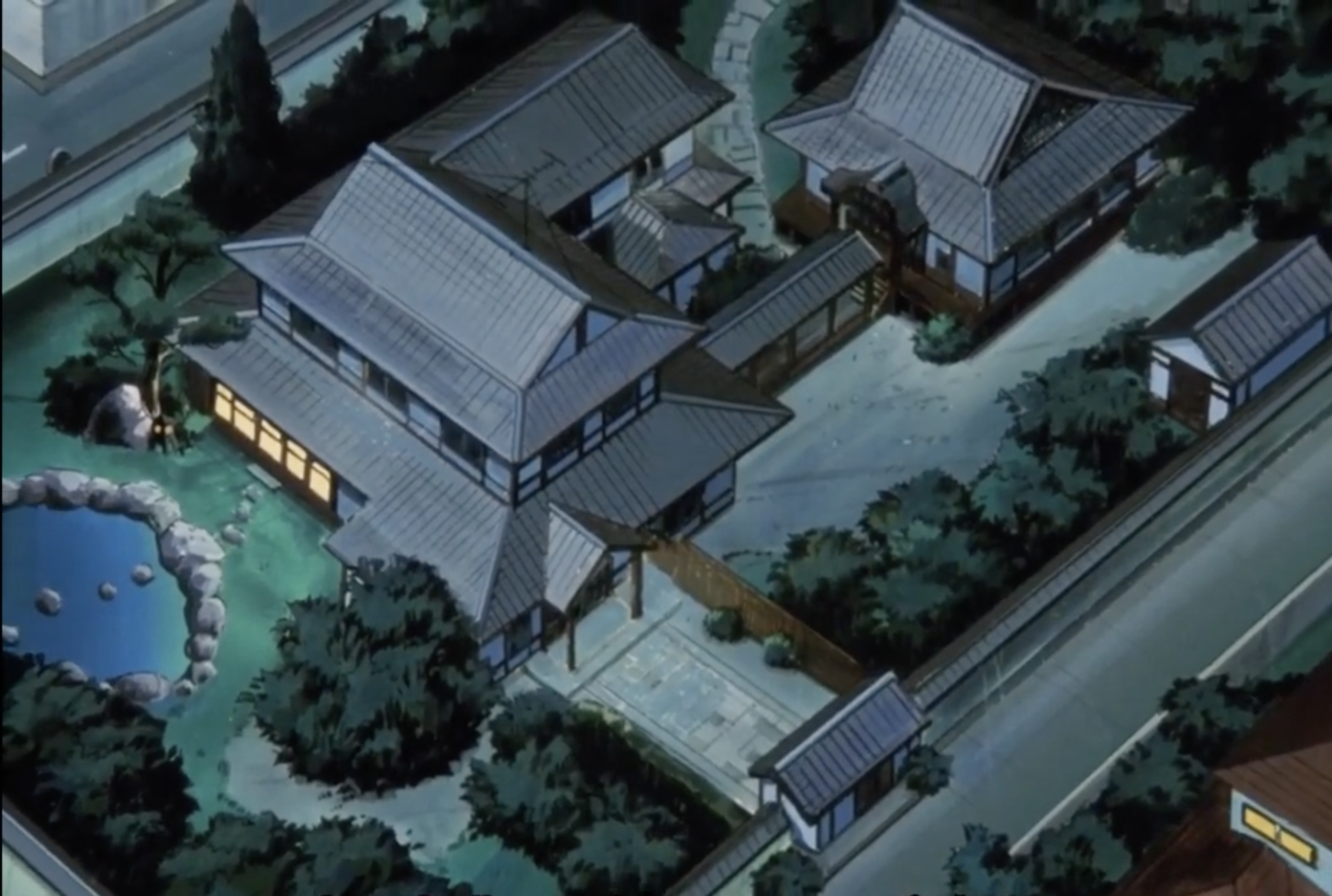
The Tendo residence is a traditional Japanese house that has been in the Tendo family for generations. The front of the house faces the street, and there is a small garden with a gate that leads to the street.
On the ground floor, there is a genkan (entrance area), a large living room with television, a dining room, a bathroom, and a kitchen that provides easy access to a boiling kettle of water at all times. The living room and dining room are separated by a shoji (sliding paper door) that can be opened to create one large room.
On the first floor, there three bedrooms and a spacious guest room. The rooms belong to the daughters, Kasumi, Nabiki, and Akane. The guest room is usually occupied by Ranma and a Panda. Where Soun’s room is supposed to be beats me… 🤷
The training hall is a large, open room with wooden floors and sliding doors on either side. On the walls of the training hall, there are several banners with japanese writing on them.
The Dojo and the Residence are connected with a covered walkway that extends from the back of the Tendo residence to the front of the dojo, allowing for easy access between the two buildings.
The ensemble is surrounded by a beautiful traditional japanese garden with a pond that can easily accommodate a giant panda plus a boy or girl.
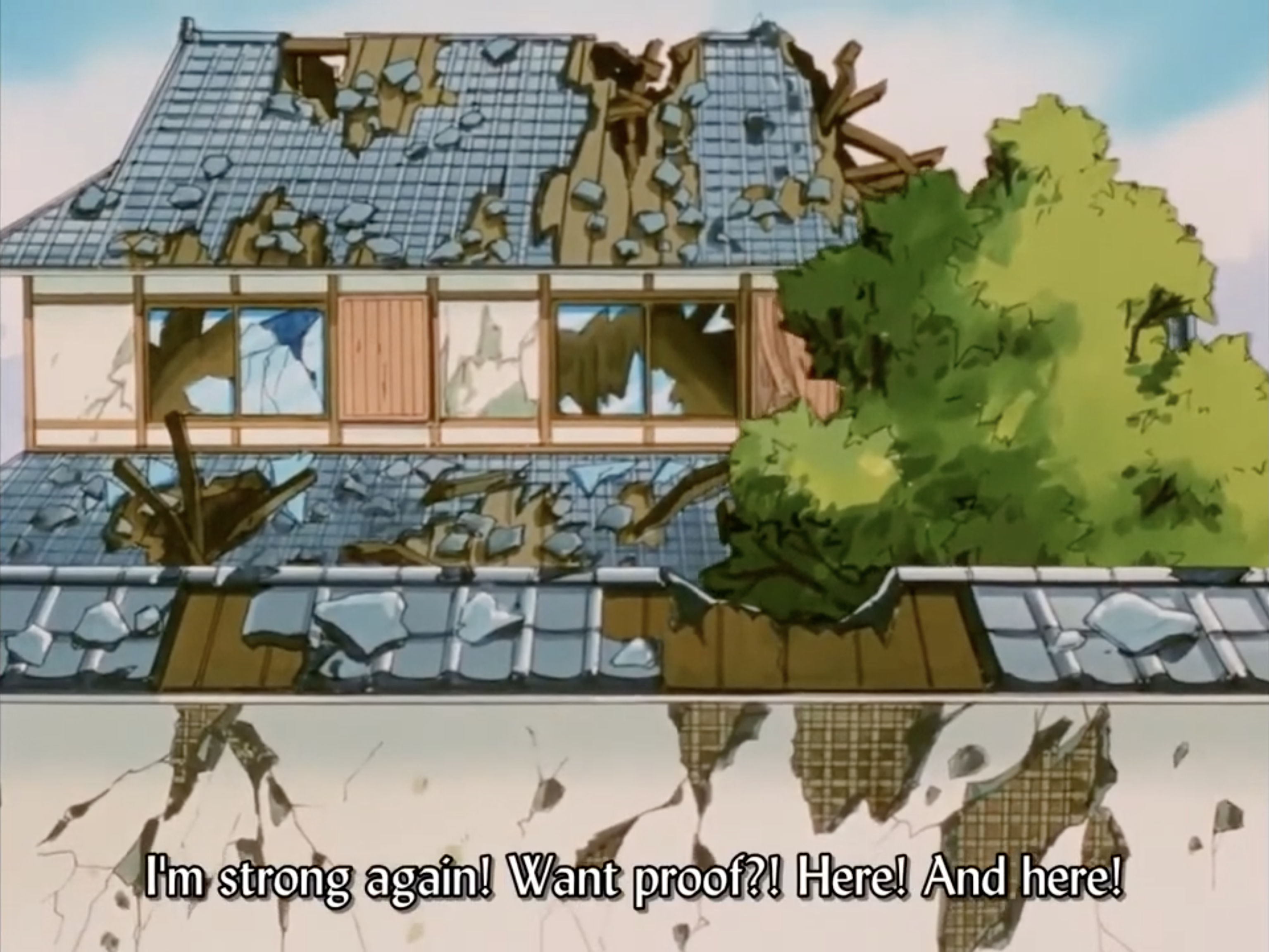
The walls surrounding the property regularly break as well es walls inside the house and power poles in the area around the property but they keep on being miraculously fixed when the next episode is around.
Zum Schwarzen Bären ist der Name des Gasthauses in Hooksiel, den ich an der Küste nicht vermutet hätte. Sei es drum. Parkplätze sind ausreichend vorhanden, denn die Anfahrt mittels ÖPNV ist außerhalb der Touristensaison schwierig.
Innen herrscht die klassische Gasthofeinrichtung vor. Alles mit einem ostfriesischen Touch, sprich in hellblau und weiß gehalten.
Die Karte verspricht auch keine außergewöhnlichen Gerichte und bietet sehr gute Hausmannskost. Wer dies zu schätzen weiß ist hier auf jeden Fall richtig.
This is a collapsible plastic trowel for digging… umm… holes to the ground for you know what when you’re backpacking.
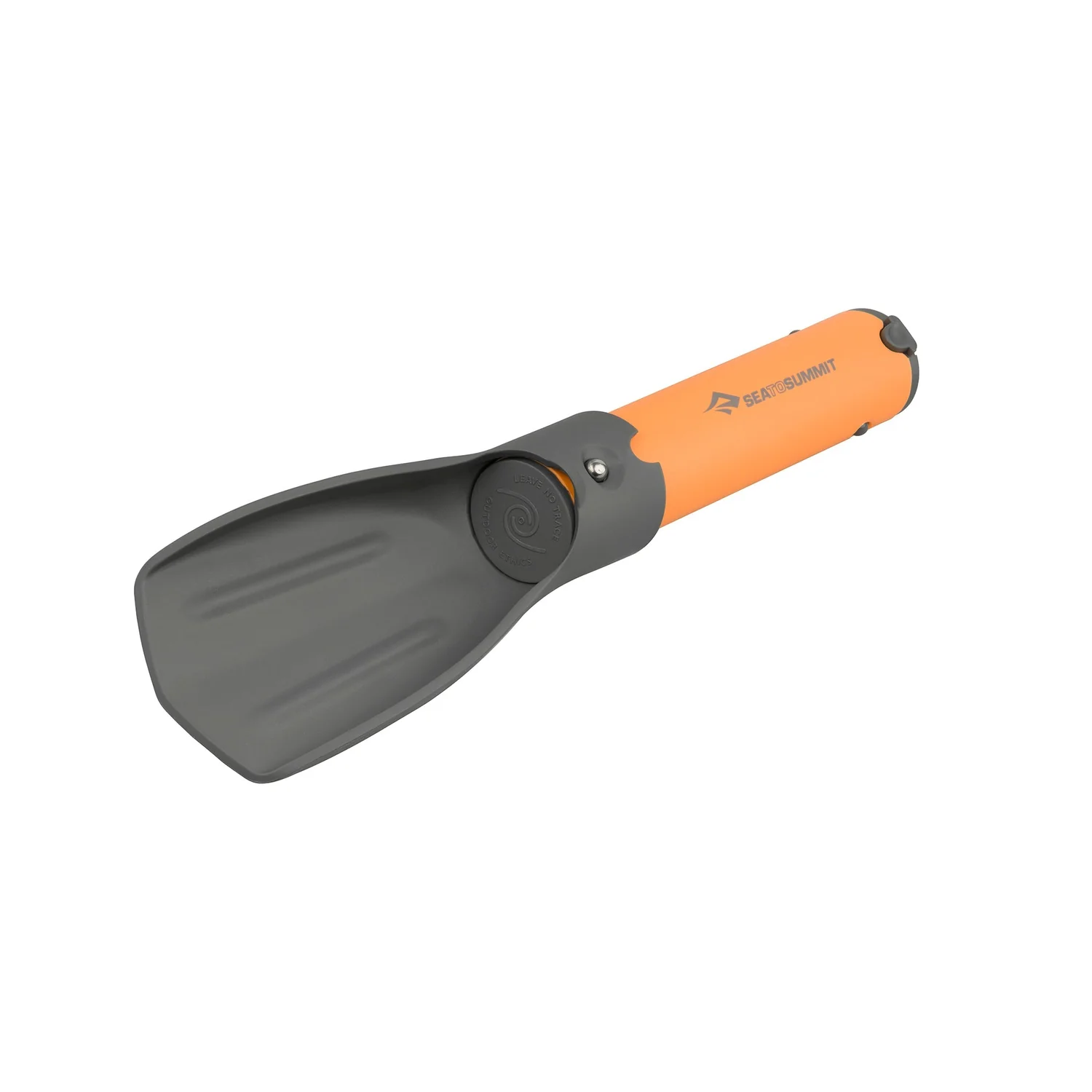
The trowel in it’s extended form. (Credit: Sea To Summit. Fair use.)
Does it work?
Yes, it digs a hole and packs pretty small. This is also a pretty handy thing for shoveling snow to your pot when you’re melting drinking water in the winter.
Is it good?
I wouldn’t go so far. The collapsible structure is not very tight, aka it clatters cheaply. Same thing with the handle container lid.
The verdict
This will do but I would recommend checking out other options as well. For example, there’s an aluminum version of this as well. Maybe that would feel like a proper trowel? Or something else entirely.
This is a sleeping bag liner. Given that Sea To Summit makes excellent sleeping bags, one would expect their liners to fit in perfectly, but unfortunately this isn’t the case.
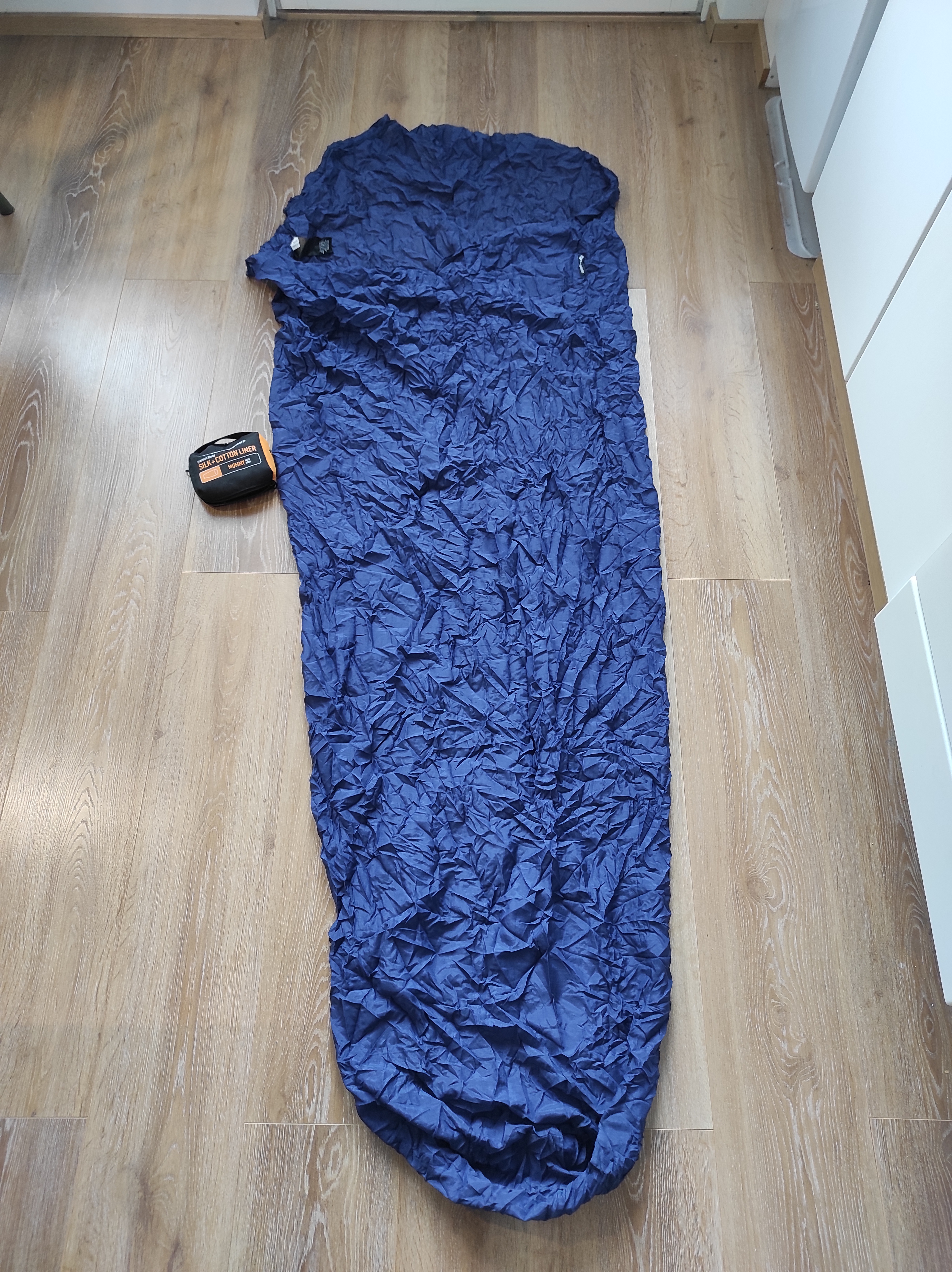
The liner and it’s stuff bag. (Own work. License: CC-BY-SA.)
The hood
For a longer person this is just too short. The 2 dimensional hood flap will escape from under your head when twisting and turning in the bag. There really should be a 3D sewn hood for it to stay in place (+ a little longer overall).
The bad hood is really a bummer because it’s precisely the head that usually exerts the most dirt to the sleeping bag.
The rest
The lower parts of the liner are ok. It also packs into a really small pouch. Gets all crumbled up as you can see in the picture, but who cares.
The verdict
This isn’t all terrible, but as it’s also quite pricey, try to find something else.
Der großspurige Untertitel “Von den Anfängen bis in die Gegenwart” wird von den Autoren leider nicht erfüllt aber Nichtsdestotrotz handelt es sich bei diesem Buch um gutes Nachschlagewerk zur Stadt Hannover.
Von einzelnen Brunnen über Straßen bis hin zu bedeutenden Persönlichkeiten der Stadt ist alles vertreten, was in dieser Stadt Rang und Namen hat(te).
Lexika laden mich nicht zum schmökern ein aber sind eine gute Möglichkeit um schnell etwas nachzuschlagen, was es im Netz (komischerweise) zu Hannover oft nicht oder nicht ausreichend zu finden gibt.
Insgesamt eine Empfehlung für alle Freunde der Hannoverschen Geschichte. Alle Anderen dürfen es gerne im Buchregal stehen lassen.
I used to use Twitter but only for reading. I don’t know why but on Mastodon I feel more inclined to actually post statuses.
So this is a city that is supposed to be a fortress for humanity. It is a planned city, for the most part based on an octagonal grid pattern.
Basic structure
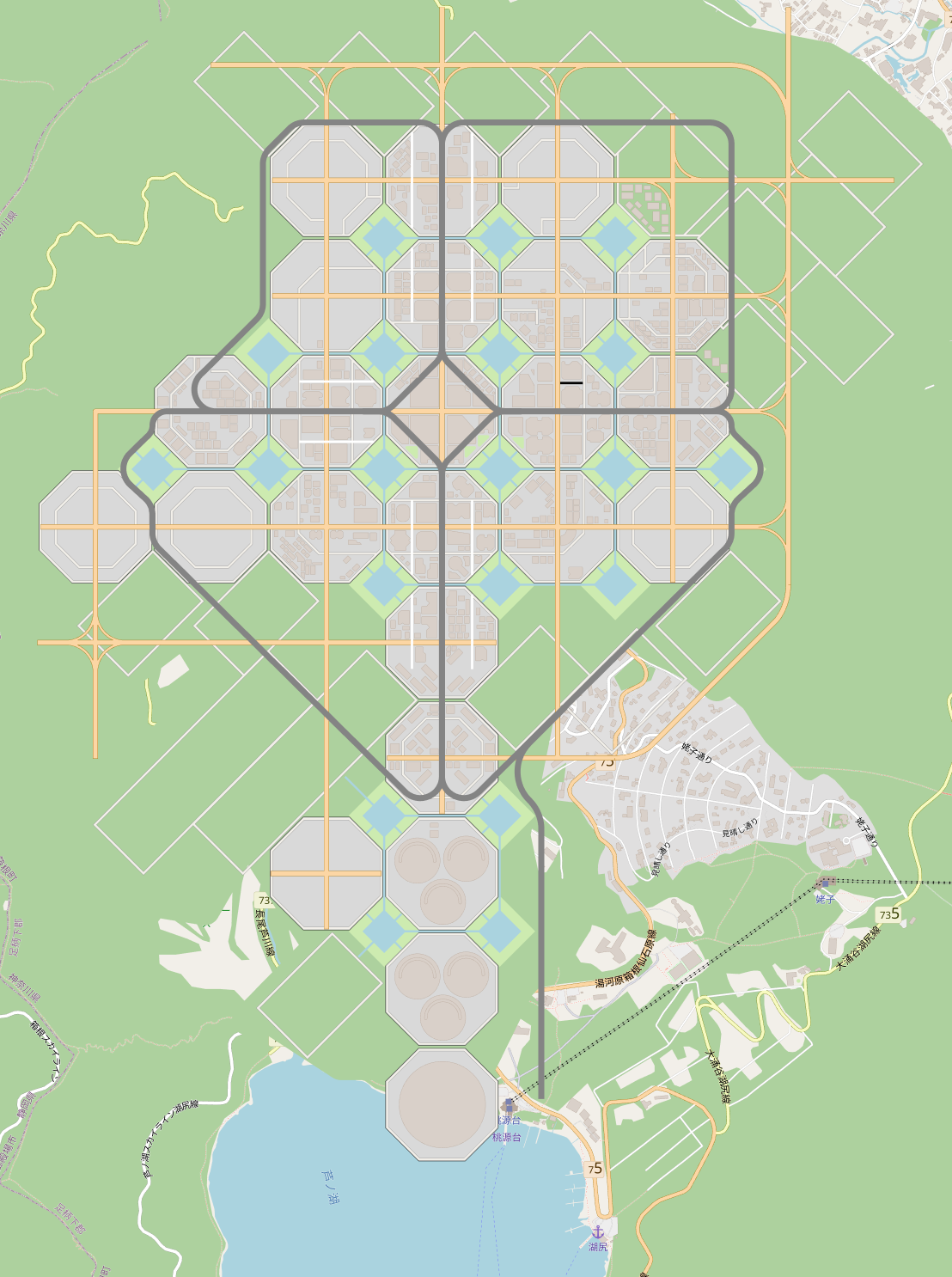
Gaps in the octagon are used to house water reservoirs which are interconnected by drainage channels. The city seems to be designed to deal with flooding events. Sounds reasonable considereing that nearby old Tokyo is submerged within the pacific ocean (in this distant future of the year 2015, that is). There also seems to be a reliable alarm system. The whole population fits into onsite emergency shelters. Central city highrise building can be submerged into the ground in case of a catastrophe.
Nature & Environment
The outline of the city blocks vaguely resembles crucifix that is 3.5km on its long axis, which appears tiny to me. But I like the idea of living in a tiny superdense city surrounded by a beautfull green mountain range and a scenic crater lake. Too bad they had to destroy part of a natural reserve (and a golf course) to build it.
Transportation
The city seems to have a reliable monorail system but also a dense grid of six lane roads which seems incredibly car oriented for my taste. Who needs that many lanes? Well maybe if the city is designed to be navigated by giant robots to destroy titanic (alien?) monsters that regularly venture to the city center for no reason.
Pupulation
The city is largly populated by officers of the semi military force NERV with cool uniforms and a weired cult like slogan on their logo. In the later parts of the show, the city appears strangly empty and melancholic. I like the vibe of it but I wouldn’t wanna live there.
The first few chapters are a great journey. The last few chapters feel somewhat convoluted…
